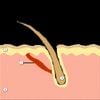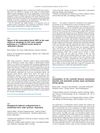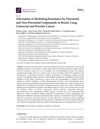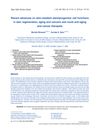Redox-Directed Interventions Targeting Skin Photodamage
August 2015
in “
Free Radical Biology and Medicine
”
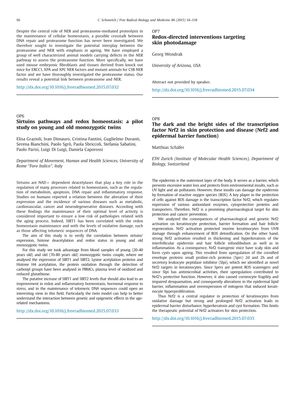
TLDR Some treatments can improve skin's defense against damage, but overuse may cause other skin problems.
The document discusses various aspects of skin health and the mechanisms that protect against damage. One study investigated the potential link between proteasome function and nucleotide excision repair (NER), using animal models with defects in the NER pathway to assess proteasome function, revealing a potential interplay between the two. Another study aimed to verify the correlation between sirtuins' expression, histone deacetylation, and redox status in young and old monozygotic twins, suggesting that increased levels of SIRT1 and SIRT2 could improve redox and inflammatory homeostasis and the maintenance of telomeric DNA sequences. Lastly, the document mentions a study on the transcription factor Nrf2, which is involved in protecting keratinocytes from oxidative damage. The study found that while Nrf2 activation can protect against UVB damage and enhance ROS detoxification, strong and prolonged activation can lead to epidermal barrier disturbance, hyperkeratosis, and cyst formation, thus limiting the therapeutic potential of Nrf2 activators for skin protection. The specific number of participants or subjects in these studies was not provided in the summary.
